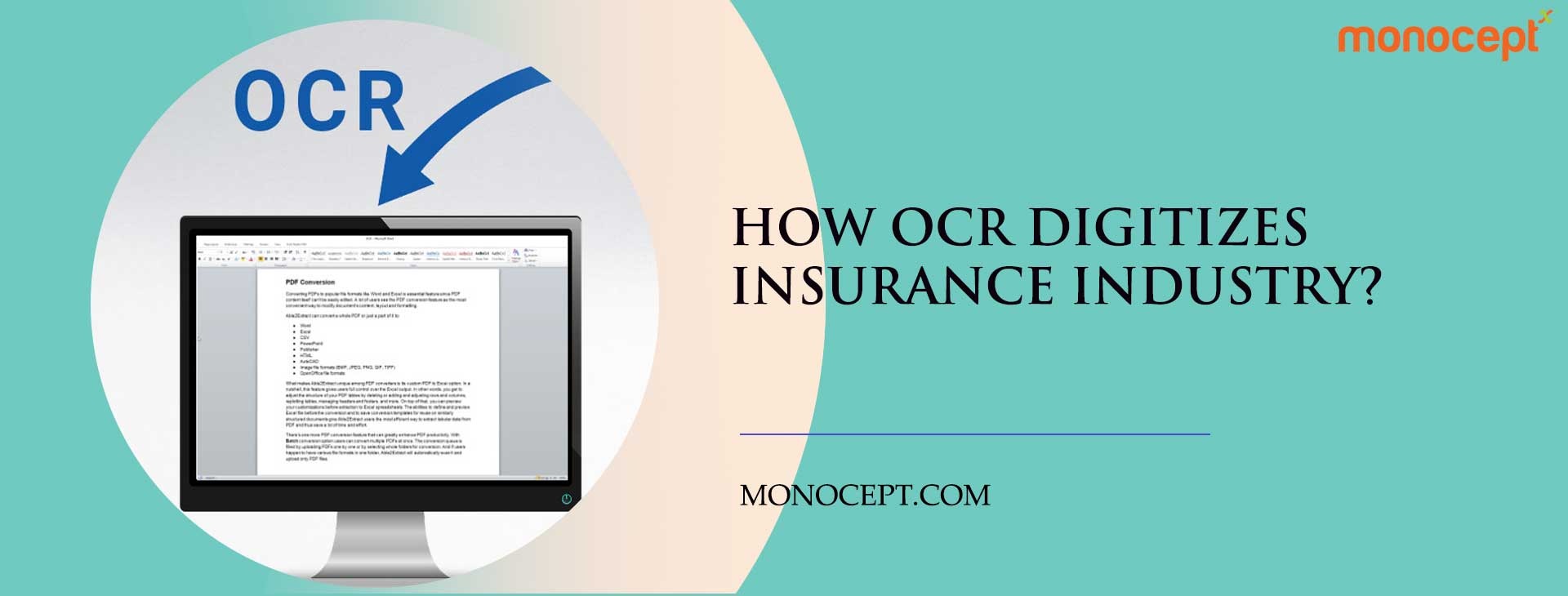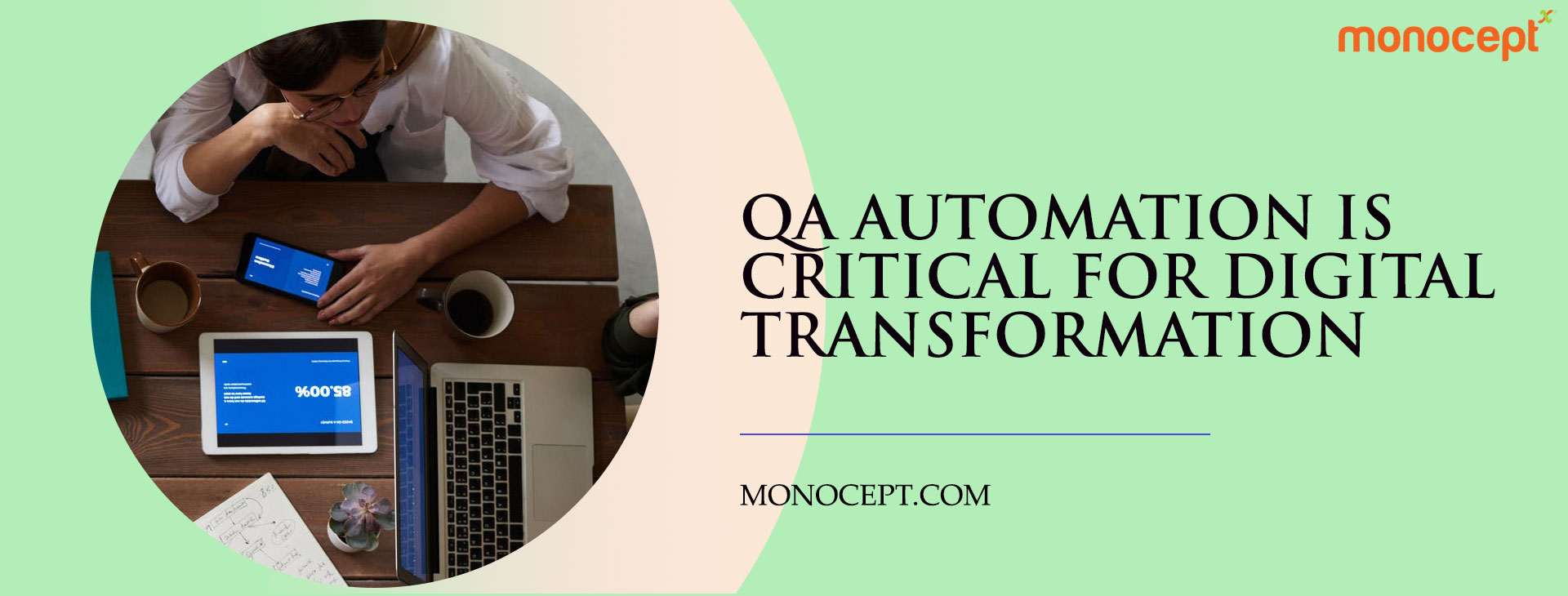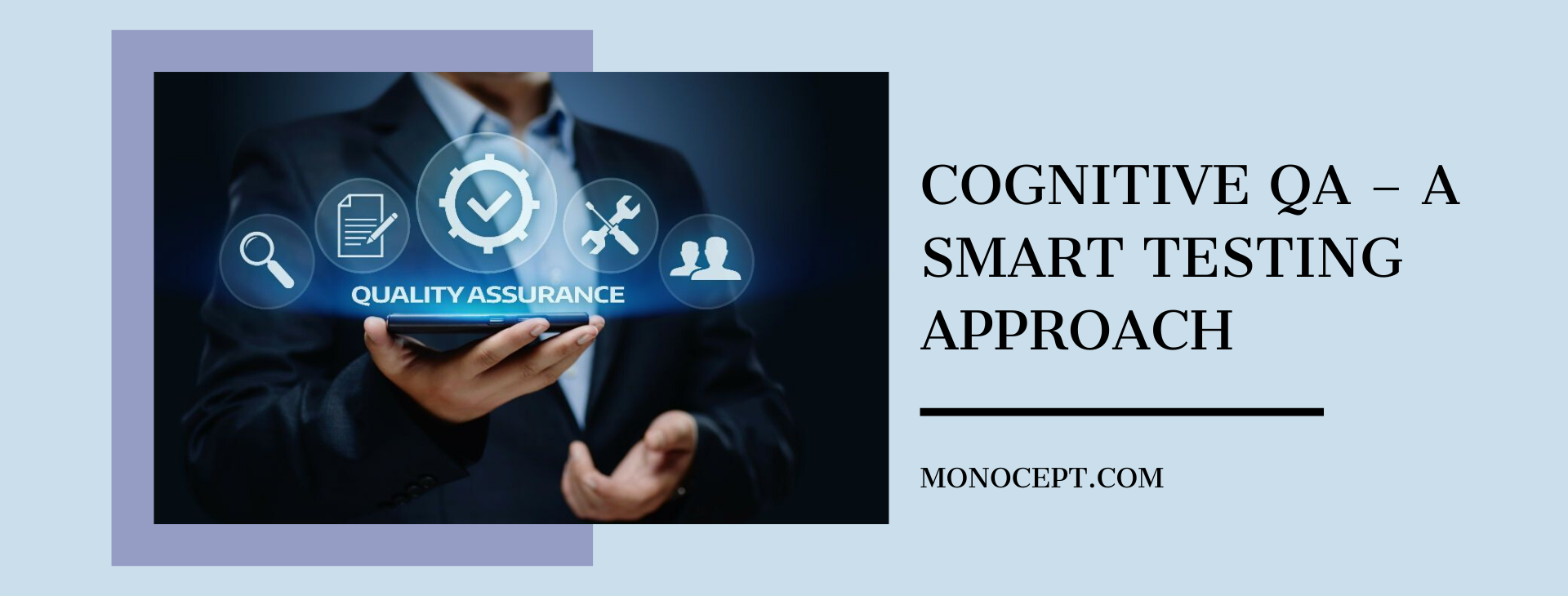Are you missing out on QA Automation?
Technology is a fascinating industry with many opportunities for growth and innovation. It is no surprise that it has made leaps and bounds in the past decade, but what about quality assurance? Quality assurance can be thought of as the backbone to any software company, so it seems like a topic worth discussing. In this blog post, we will discuss how QA automation can help your business succeed in today’s competitive market.
No software project can be successful without the fundamental process of testing it for quality. The systematic process to determine whether a product or service meets the highest standards of functionality, design, stability and user experience, leaves little to no margin of error, and provides the best value to the customer is known as Quality Assurance (QA) testing. Undertaking regular, constant, and rigorous QA testing of products is an integral part of companies that seek to win consumer confidence for the long haul and become trustworthy leaders in their domain. Stringent QA testing helps companies build credibility, gives them an edge over the competition by preventing possible future malfunctioning or bugs in software, and streamlines work processes to make them more cost and time-efficient by solving problems before they can have wider ramifications.
While QA testing for any product or service can be a time-consuming and high-cost undertaking, software and tech-dependent businesses offer the most amount of complexity, in terms of QA. Technology and software are complex products with thousands of lines of use-case scenarios, which means hundreds of thousands of possibilities for bugs, or faulty lines of code. Software products cannot be error-free unless every one of these possible scenarios can be mapped and tested for all their outcomes. Since the objective of every business is to derive the best possible quality at the lowest cost and in the least amount of time, manual Quality Assurance testing has little chance of success in adding substantial value to the product development cycle or the actual product itself.
Automated QA can help business owners circumvent most of the obstacles presented by manual testing. Industry practitioners themselves echo this sentiment. According to the 2017-2018 World Quality Report, a survey of 1,660 Chief Information Officers (CIOs) and senior technology professionals from 32 countries showed that improving the quality of the product or service was a top priority of QA testing in 2017, ahead of even objectives such as business growth, branding and brand awareness.
Industry survey on benefits of test automation Source: Aalto University
Due to the fast-paced and changing world of technology, there has been widespread adoption of trends such as DevOps and Agile. In keeping with this dramatic escalation of expectations from digital products, automated QA testing approaches have also had to adapt to include practices that help businesses achieve their goals for testing and accelerate the time-to-market for new products. Choosing the right kind of QA testing strategy is imperative at a time when the Shift-Left testing approach is becoming increasingly popular among developers and testers.
Two major considerations while determining an enterprise’s testing strategy are:
Behaviour-driven development testing (BDD) approach: In traditional testing approaches, the users are introduced to the product only in the acceptance testing stage, by which time, it is too late to determine whether the user’s requirements have been met. In BDD, users are involved in product development, and test-driven development practices are deployed at every stage to ensure that the product features and end consumer’s requirements are in sync.
Fully integrated test automated approach: In a World Quality Survey only 15 to 16 percent of test activities are fully automated, currently. Most companies tend to operate in silos, where only some of the testing processes are automated. The fully integrated approach involves using machine learning, artificial intelligence, and software robots to perform tasks such as functional test design, data generation, and execution to enable testing of end-to-end business scenarios.
Are you using QA automation for your business?
Are you following the right approach?
Drop a message at info@monocept.com to know how Monocept can impact your businesses with its QA automation competence.





















































































